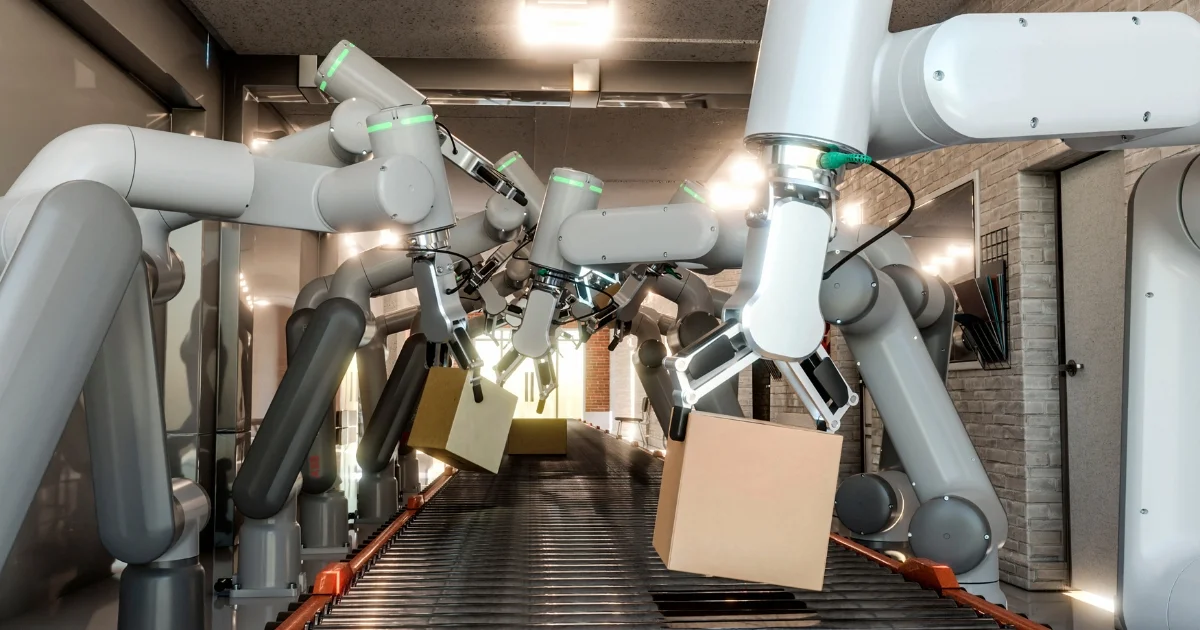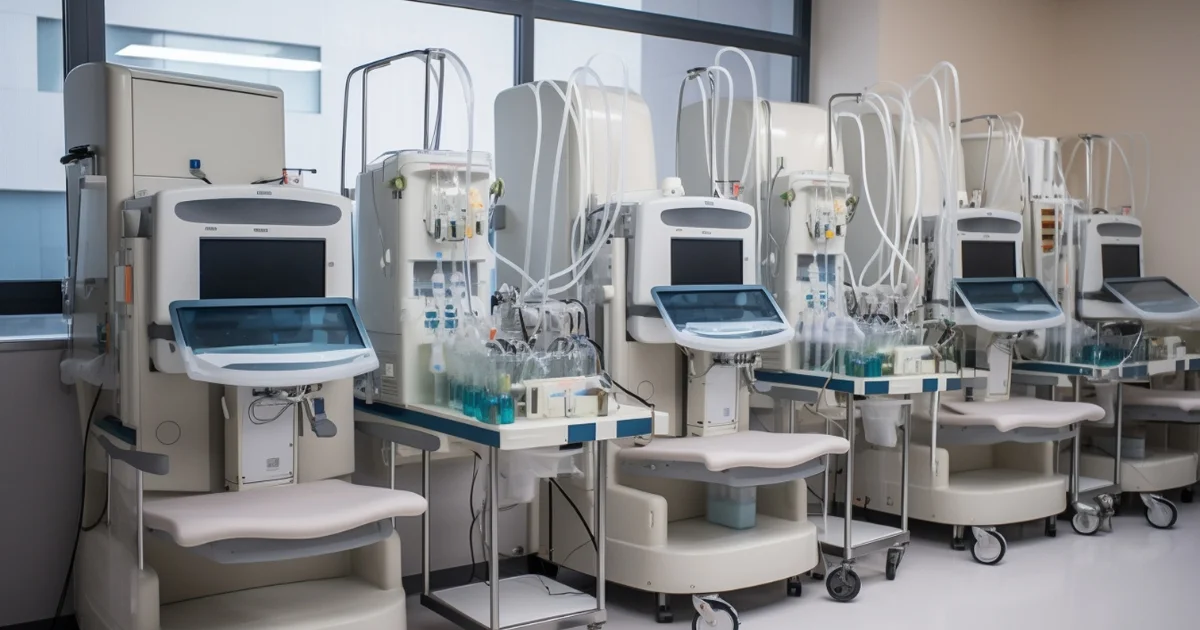
We collect basic website visitor information on this website and store it in cookies. We also utilize Google Analytics to track page view information to assist us in improving our website.

One of the most critical components when designing a power supply for your equipment is a compatible transformer. If your equipment doesn’t receive the correct voltage, things can go downhill fast. Overheating components and equipment malfunctions are disasters waiting to happen. In industries that depend on precision—like medical, aerospace, and manufacturing—small power fluctuations can lead to costly downtime and failures.
A transformer does more than adjust voltage—it protects equipment, improves efficiency, and ensures reliability. Choosing the right one minimizes downtime, extends equipment life, and controls costs.
At its core, a transformer is just coils of wire wrapped around an Iron or ferrite core. Voltage is applied to one coil (the primary winding), creating a fluctuating magnetic field. That fluctuating field then transfers energy to the second coil (the secondary winding), “transforming” the applied voltage.
If the secondary coil has more windings than the primary winding, the voltage increases (step-up transformer). If it has fewer, the voltage decreases (step-down transformer). The frequency stays the same, but the transformer designer can vary the primary to secondary turns ratio to match what the system needs.

You’ll find transformers everywhere, keeping power stable and reliable:
Aerospace & Aviation – Powering radar, flight controls, and navigation systems.
Medical Equipment – Delivering stable voltage to MRI machines, surgical tools, and lab equipment.
Manufacturing & Automation – Preventing voltage fluctuations that could shut down assembly lines.
Renewable Energy – Converting power from wind and solar into usable electricity.
Different industries have very specific power needs. The wrong transformer can lead to wasted energy, equipment failures, or expensive downtime. The right one ensures efficiency, reliability, and long-term performance – which is why picking the right transformer isn’t just a technical decision. It’s a business-critical one.
A transformer is what keeps power stable and equipment running the way it should. But if the transformer isn’t a good match for the system, the consequences go beyond inefficiency. Poor voltage control leads to wasted energy, unstable performance, and in some cases, complete system failure.
When a transformer isn’t designed for the load it’s handling, energy gets lost as excess heat instead of useful power. That heat buildup isn’t just wasteful – it puts extra stress on the system. In industrial settings, even small inefficiencies add up. A factory running multiple misaligned transformers could be losing thousands of dollars in wasted electricity every year.
Unstable power is a slow killer. When voltage keeps shifting up and down, sensitive electronics start to wear out. Medical imaging machines, for example, require less than a 1% variation in voltage to function properly.
A transformer that can’t maintain steady output could cause distorted scans or unreliable test results. In manufacturing, unstable voltage can shut down automated systems or throw off precision equipment, leading to defects and downtime.
A transformer that isn’t rated for the job runs hot. And when it overheats, the entire system is in danger. Over time, excessive heat weakens insulation, damages wiring, and increases the chances of short circuits. In extreme cases, it can lead to catastrophic failures that take down an entire operation.
A large solar energy facility saw 30 transformer failures in six months. The cause? The transformers weren’t designed for the plant’s specific load requirements. The insulation inside them broke down under high temperatures, leading to repeated shutdowns. After switching to properly rated transformers, the failures stopped, and power output stabilized. Read the full case study here.
A well-designed transformer protects the system just as well as it powers it. In industries like healthcare, aerospace, and manufacturing, unreliable power isn’t just inconvenient – it’s a financial and operational risk. Choosing the right transformer ensures:
Consistent power flow to keep operations running without interruptions.
Lower maintenance costs by preventing overheating and equipment wear.
Longer lifespan for both the transformer and the equipment it powers.
The bottom line? A transformer might seem like a small part of a larger system, but when it’s the wrong one, the costs go far beyond just replacing a faulty component.
Not all transformers are created equal. While standard, off-shelf models work in some cases, many industries require precision power control that generic transformers can't provide. That's where custom transformers come in. They're designed to match specific voltage, current, and environmental demands, ensuring that equipment runs efficiently and safely.
Every system has unique power needs. Some equipment demands exact voltage with zero fluctuation, while others handle high loads and need specialized insulation to prevent overheating. A custom transformer matches these exact specifications, avoiding the risks of one-size-fits-all solutions.
In medical technology, aerospace, and automation, space matters. Standard transformers often prove too bulky or inefficient for tight spaces. Custom transformers fit specific size and weight limits without compromising power delivery.
Some environments push equipment to its limits. Systems might face extreme temperatures, constant vibration, or corrosive conditions where standard transformers fail. Custom-built units handle:
High heat and humidity in mining operations
Constant vibration in aerospace applications
Outdoor exposure in renewable energy system
Healthcare, aviation, and defense have strict regulations. Equipment must meet specific safety and performance standards. Custom transformers comply with these certifications from the start, preventing compliance issues and expensive fixes later.
A transformer isn't just another electrical component – it's the backbone of your power system. It regulates voltage, ensures equipment operates efficiently, and protects against costly failures. When chosen correctly, a transformer keeps power stable, extends equipment life, and reduces energy waste. But the wrong transformer leads to overheating, equipment malfunctions, and unplanned downtime – problems that cost thousands in repairs and lost productivity.

Transformer failures don't just stop one machine – they shut down entire operations. Manufacturing lines freeze, costing thousands per hour in lost production. Data centers crash, affecting countless users and damaging client trust. Hospitals face delayed procedures and compromised patient care. A properly matched transformer prevents these issues by maintaining reliable, stable power.
Poor transformer efficiency wastes power as heat, driving up electricity bills and straining cooling systems. In industrial settings, even small efficiency improvements save thousands annually. Better transformers minimize losses through improved design and materials, turning more input power into usable output instead of waste heat.
Power fluctuations kill equipment fast. High voltage burns out electronics. Low or unstable voltage makes systems work harder, wearing them out sooner. Motors fail early, circuit boards break down, and precision machines lose calibration. Quality transformers prevent these issues by delivering exact voltage levels without fluctuation.
Many industries face strict power regulations. Medical facilities need specific power quality for patient safety. Aerospace requires transformers that meet rigorous standards. Using the wrong transformer means failed inspections, regulatory violations, and expensive fixes.
While cheaper transformers save money upfront, long-term costs add up through frequent repairs, higher energy bills, damaged equipment, and production losses. For industries where power quality affects performance and safety, the right transformer is essential for operational success.
At Electronic Craftsmen, we specialize in transformers that match your exact needs. Our team works with you to understand your requirements, space limitations, and operating conditions. We'll help design a solution that keeps your systems running reliably for years to come.
Ready to improve your power system? Let's talk about how we can help make your equipment work better, last longer, and cost less to operate.

